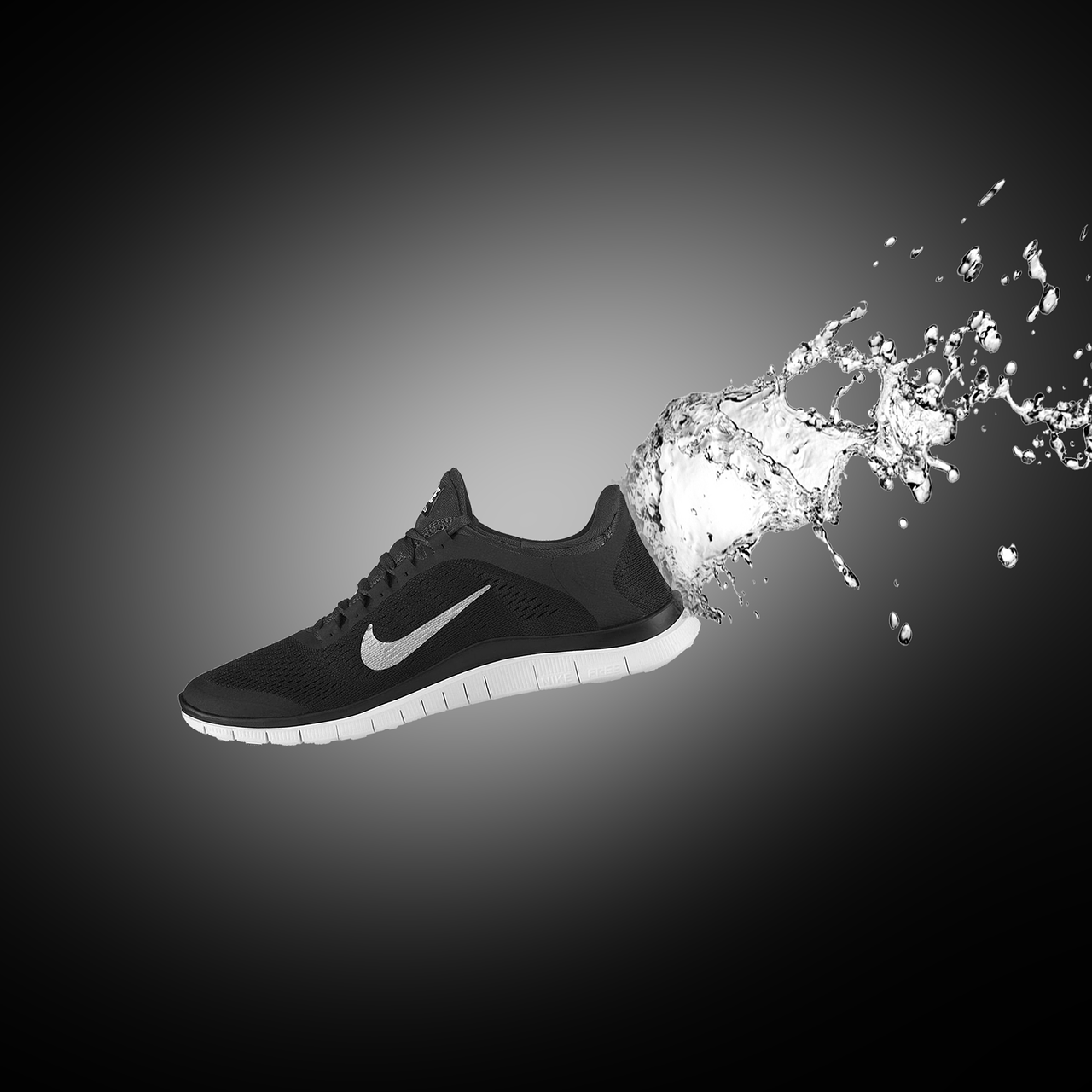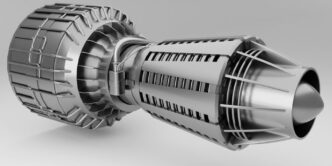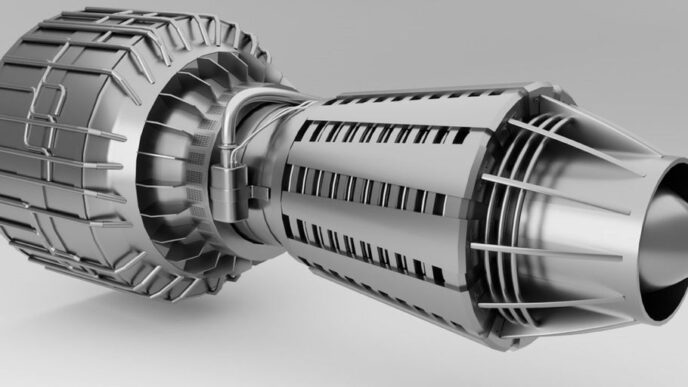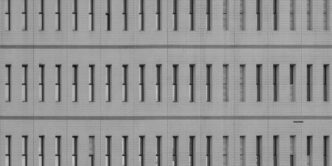Are you a sports enthusiast or a fashion lover? Then, you must have definitely come across Nike, the leading brand that revolutionized both industries with its innovative clothing technology. From breathable fabrics to moisture-wicking materials, Nike has continuously pushed boundaries and enhanced athletes’ performance while also creating stylish and trendy apparel. In this blog post, we will explore the impact of Nike’s clothing technology on sports and fashion, highlighting some of their most revolutionary products and how they have transformed these industries forever.
Introduction to Nike Clothing Technology
Nike is a world-renowned athletic apparel company that has long been at the forefront of developing innovative clothing technologies. Over the years, Nike has introduced a number of groundbreaking fabrics and construction techniques that have revolutionized the way athletes dress. In recent years, Nike’s clothing technology has also begun to have a significant impact on fashion, as more and more everyday consumers are embracing athletic-inspired styling.
Nike’s most famous fabric innovation is probably Dri-FIT, which was first introduced in the early 2000s. Dri-FIT is a moisture-wicking fabric that helps keep athletes dry and comfortable by drawing sweat away from the skin. Today, Dri-FIT is used in a wide variety of Nike products, from performance apparel to casual wear.
Another major Nike fabric technology is Flyknit, which was first used in 2012 in the company’s line of running shoes. Flyknit is an ultra-lightweight and breathable fabric that hugs the foot like a sock. The material has since been adapted for use in other types of footwear as well as apparel such as sweaters and dresses.
Nike’s commitment to using cutting-edge materials extends beyond fabrics; the company also experiments with new construction techniques. For example, Nike was one of the first brands to experiment with bonded seams, which create a smoother and more streamlined look without sacrificing durability or comfort. This construction method is now commonly used in a variety of garments, from activewear to suiting.
History of Nike Clothing Technology
Nike, Inc. is an American multinational corporation that is engaged in the design, development, manufacturing, and worldwide marketing and sales of footwear, apparel, equipment, accessories, and services. The company is headquartered near Beaverton, Oregon, in the Portland metropolitan area. It is one of the world’s largest suppliers of athletic shoes and apparel and a major manufacturer of sports equipment, with revenue in excess of US$24.1 billion in its fiscal year 2012 (ending May 31, 2012). As of 2012, it employed more than 44,000 people worldwide. In 2014, the brand alone was valued at $19 billion, making it the most valuable brand among sports businesses. According to Business Insider, Nike makes more money from selling shoes than Adidas and Puma combined.
Nike began as Blue Ribbon Sports in 1964, founded by University of Oregon track athlete Phil Knight and his coach Bill Bowerman. The company initially operated as a distributor for Japanese shoe maker Onitsuka Tiger (now ASICS), making most sales at track meets out of Knight’s automobile. The name Nike was adopted in 1971 by the Greek goddess of victory. Nike also owned Bauer Hockey (later renamed Nike Bauer) between 1995 and 2008. In addition to manufacturing sportswear and equipment, Nike also operates retail stores under the Niketown name. Nike sponsors many high-profile athletes and sports teams around the world, including Cristiano Ronaldo, LeBron James, Roger Federer, Tiger Woods, etc.
Features and Benefits of Nike Technology
Nike has long been at the forefront of innovative clothing technology, and their latest offerings are no exception. Nike’s new line of sports and fashion apparel features a number of cutting-edge technologies that provide a number of benefits for athletes and fashionistas alike.
Nike Flyknit is one of the most popular new technologies featured in Nike’s line. Flyknit is a special type of knit fabric that is extremely lightweight and breathable, making it ideal for use in both sports and fashion. Flyknit also provides a snug, comfortable fit that helps improve performance.
Nike’s Dri-FIT technology is another great feature that helps keep athletes dry and comfortable during intense activity. Dri-FIT wicks moisture away from the skin and into the fabric, where it can evaporate quickly, keeping athletes cool and dry even when they’re sweating heavily.
Nike Pro Combat technology provides extra support and protection for athletes who need it most. Pro Combat garments are designed to help reduce impact forces, protect against abrasion, and provide warmth in cold weather conditions. This makes them ideal for use in high-impact sports like football or hockey.
Examples of Nike Clothing Technologies
Nike has a long history of developing innovative technologies to improve the performance of their products. Here are some examples of Nike clothing technologies that have had a major impact on both sports and fashion:
1. Dri-FIT: This moisture-wicking fabric was first introduced in the early 1990s and quickly became a mainstay of Nike’s performance apparel. It helps keep athletes cool and dry by drawing sweat away from the skin and is now used by many other brands in a variety of applications.
2. Flywire: This strong yet lightweight material was developed by Nike to provide support in shoes and apparel without adding bulk or weight. It is often used in conjunction with other fabrics to create composite materials that are both strong and lightweight.
3. Lunarlon: This soft yet responsive cushioning material was developed by Nike to provide better shock absorption and energy return in running shoes. It has since been used in a variety of other Nike shoes as well as some products from other brands.
4. DWR (Durable Water Repellent): This treatment is applied to fabrics to help them repel water, making them ideal for use in weather-resistant apparel such as jackets and pants. DWR-treated fabrics can also be used in place of traditional waterproof materials, which can often be heavy and uncomfortable.
5. Therma-FIT: This insulation material was developed by Nike to help keep athletes warm without adding extra weight.
Impact of Nike Clothing Technology on Sports and Fashion
Nike is a major player in the sports and fashion industries, and their clothing technology has had a big impact on both. Nike’s innovative fabrics and design technologies have led to more comfortable and stylish sportswear, and their cutting-edge sneakers are highly sought-after by fashionistas.
Nike’s Dri-FIT fabric is one of their most popular innovations, and it has changed the way many people dress for exercise. Dri-FIT wicks away sweat and helps keep athletes cool and dry, making it much more comfortable to work out in. This fabric has also been adapted for everyday wear and can now be found in casual shirts, pants, and even socks.
Nike’s Flyknit technology is another game-changer that has revolutionized both sports footwear and fashion sneakers. Flyknit shoes are extremely lightweight and form-fitting, making them ideal for athletes who need to move quickly and effortlessly. But they’re also stylish enough to be worn as casual footwear, and many high-end fashion brands have collaborated with Nike to create Flyknit sneakers.
Nike’s clothing technology has had a huge impact on both the sports world and the world of fashion. Their products are stylish, functional, and comfortable, making them a go-to choice for athletes and fashionistas alike.
Conclusion
All in all, Nike’s advances in clothing technology have profoundly impacted both the sports and fashion industries. Their innovative materials and designs create garments that are not only comfortable and stylish but also durable enough to withstand tough conditions while providing optimal performance. As Nike continues to push the boundaries of innovation, we can only expect their impact on sports and fashion to continue growing.













